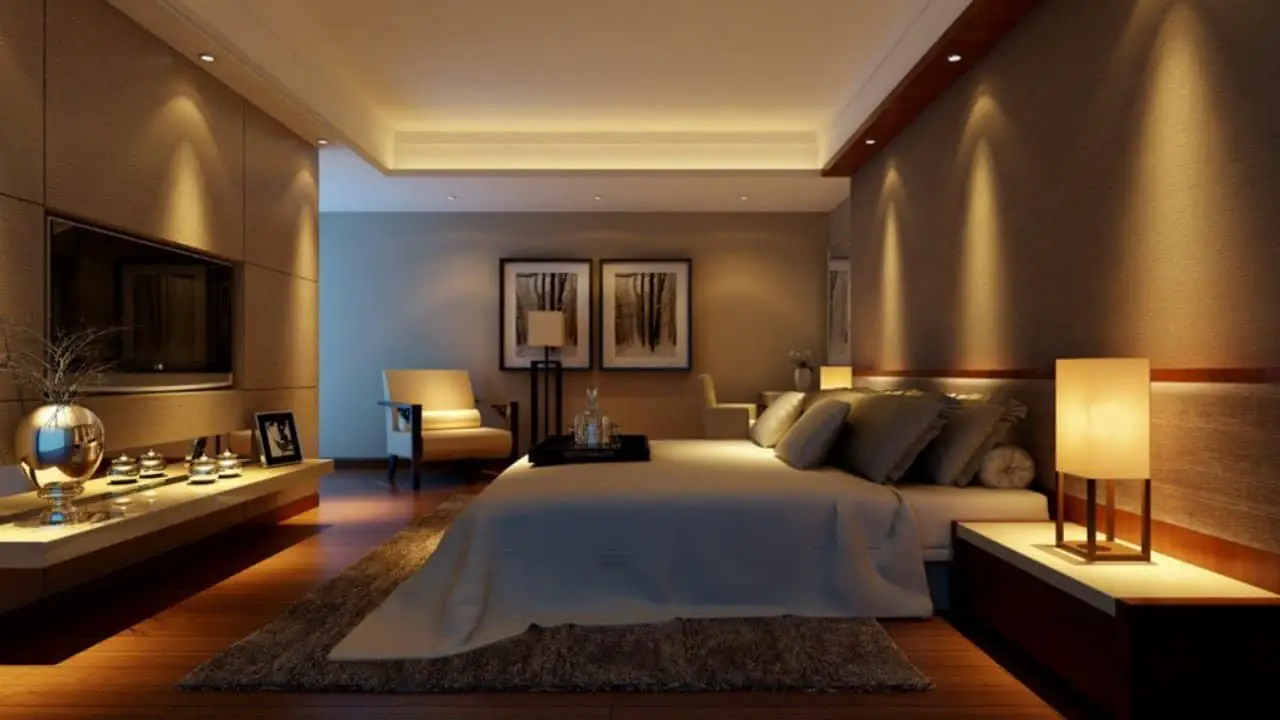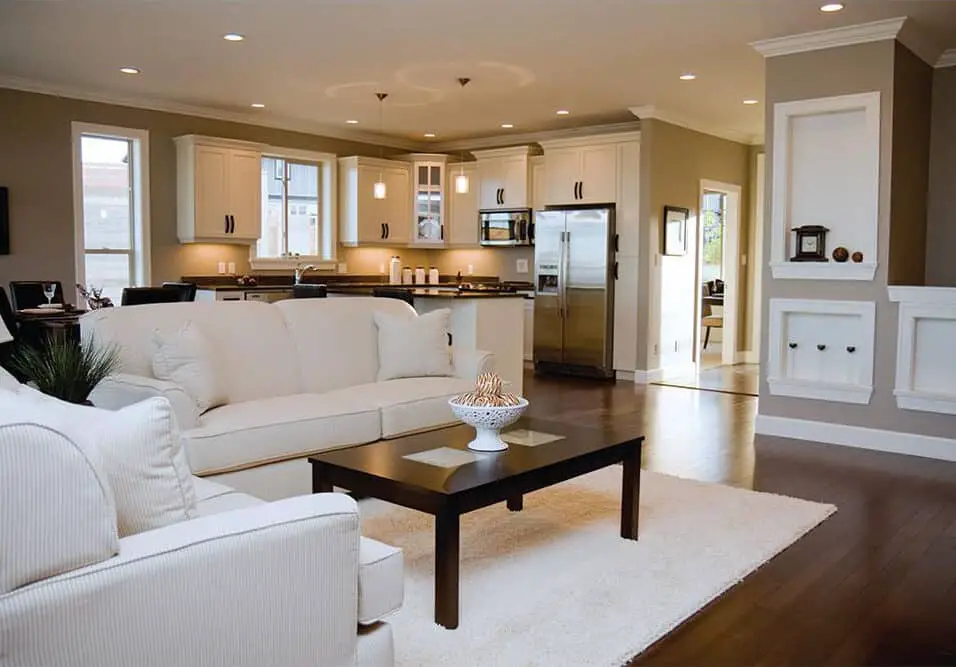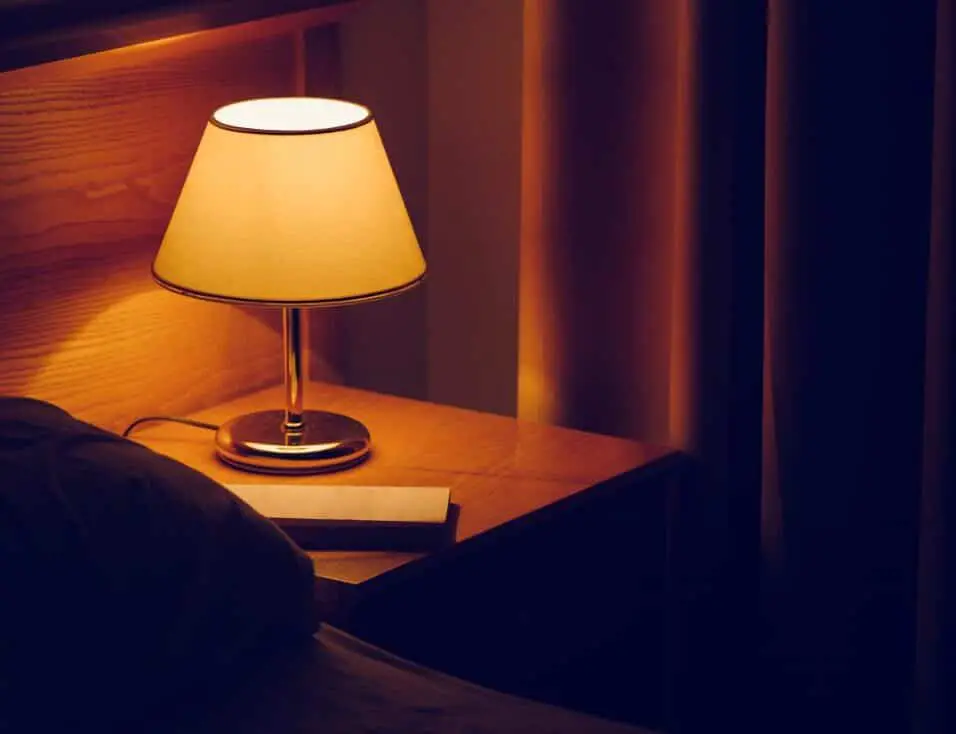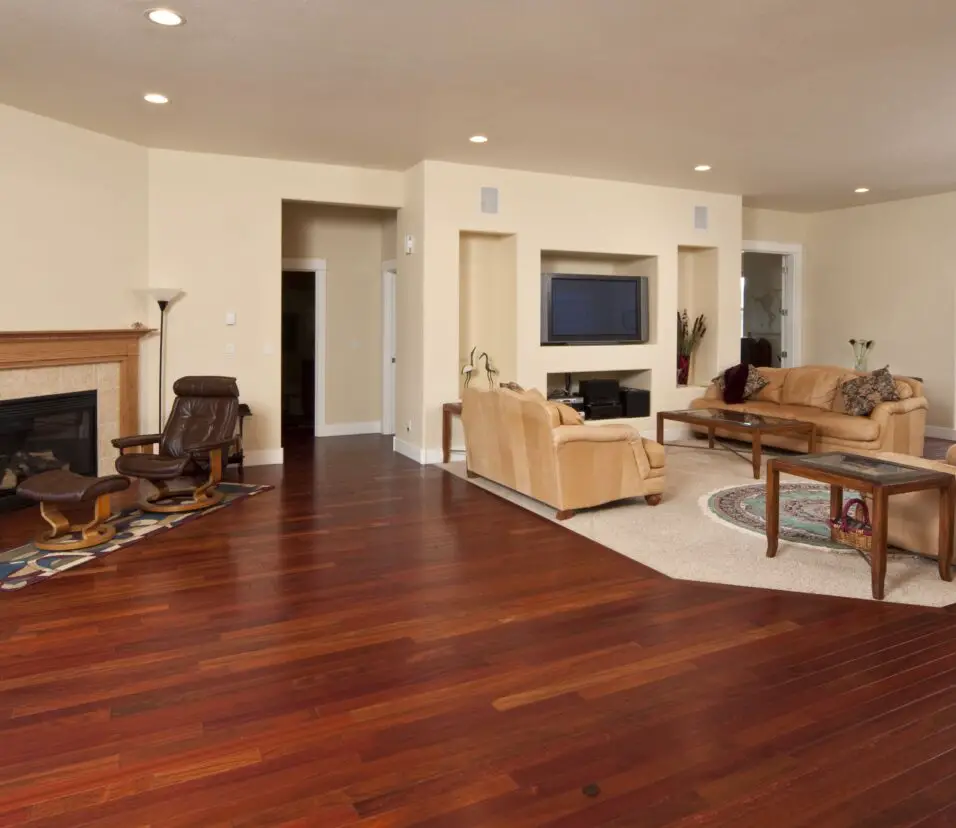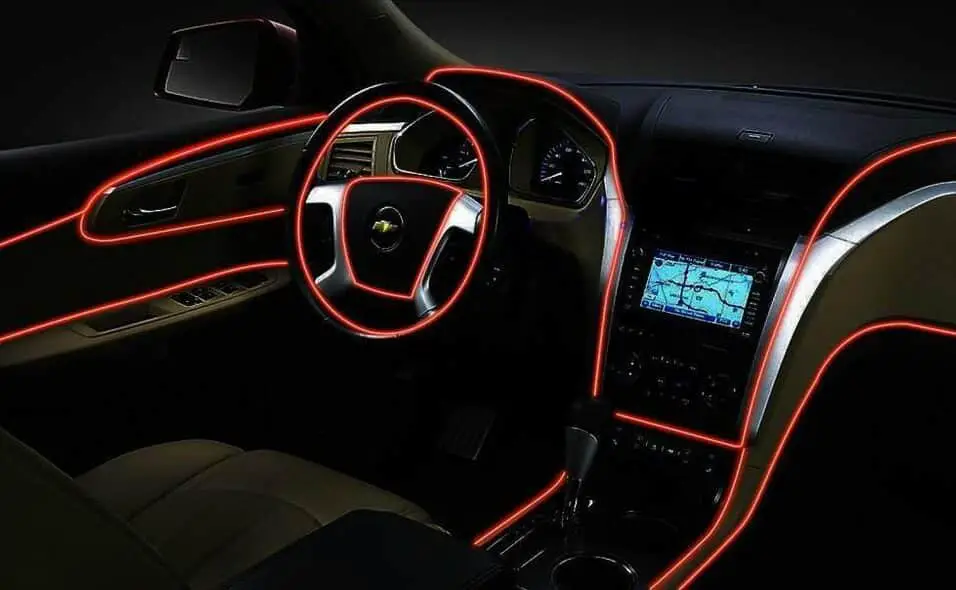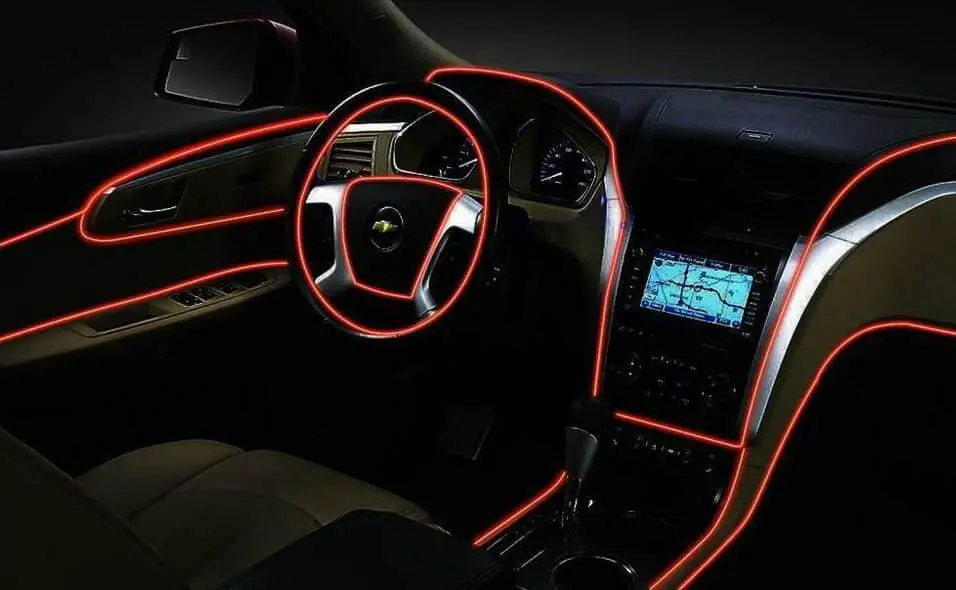Why Are My Interior Lights Dim
Introduction
Why Are My Interior Lights Dim: Have you ever noticed that the interior lights in your home or car seem dimmer than usual? If so, you may be wondering why this is happening. Dim interior lights can be frustrating and inconvenient, especially when you’re trying to read or complete tasks that require good lighting. In this article, we will explore some of the common reasons why your interior lights may be dim and what you can do to fix the issue.
One possible reason for dim interior lights is a problem with the electrical system. If there is a loose or faulty connection somewhere in the wiring, it can cause the lights to appear dim. This could be due to a loose wire, a blown fuse, or a malfunctioning switch. It’s important to address any electrical issues promptly, as they can pose a safety hazard and potentially lead to more serious problems.
Another factor that can contribute to dim interior lights is the type of light bulbs you are using. Incandescent bulbs, for example, tend to produce a warm, yellowish light that may appear dimmer compared to other types of bulbs. LED bulbs, on the other hand, are known for their brightness and energy efficiency. If you’re still using incandescent bulbs, it may be worth considering switching to LED bulbs to improve the brightness of your interior lights.
In addition to electrical issues and bulb type, the age of your light fixtures can also play a role in the dimness of your interior lights. Over time, light fixtures can become dirty or corroded, which can reduce the amount of light they emit. Regular cleaning and maintenance of your light fixtures can help ensure that they are functioning at their optimal level and provide adequate lighting in your home or car.
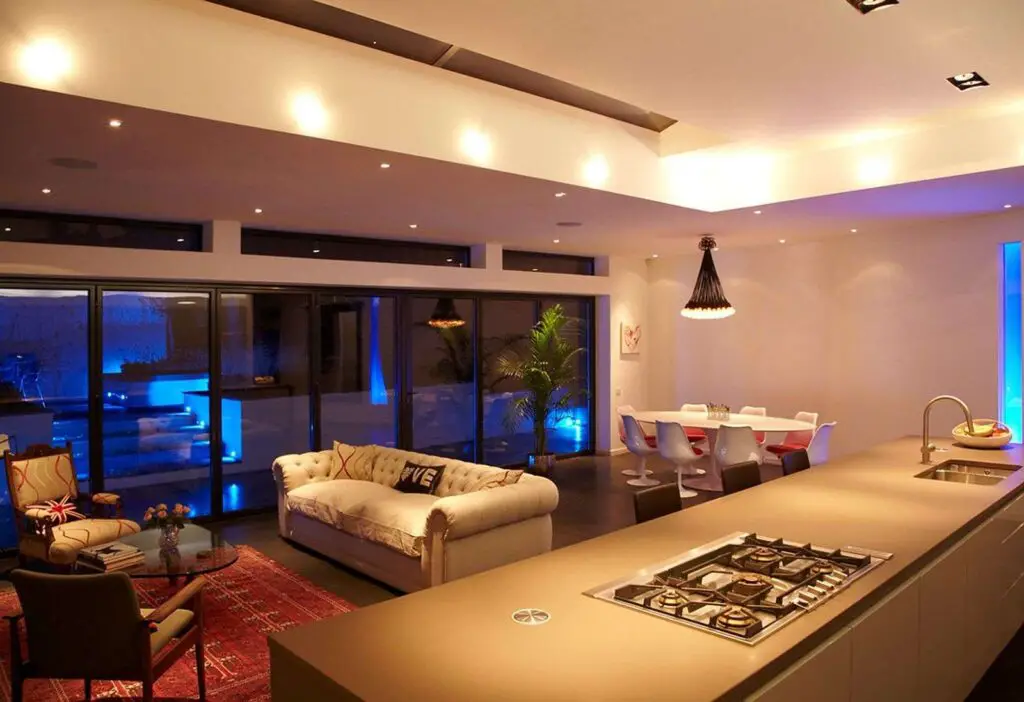
How do I make my interior car lights brighter?
Swapping Incandescent Bulbs for LED Lights
Anywhere inside your vehicle where there are incandescent bulbs is eligible for an LED upgrade. That is, you may want to tackle your vehicle’s dome light, glove box light, trunk light, and other lights. You do not, however, have to replace all incandescent bulbs at once.
There are various ways to brighten your interior automobile lighting, improving visibility and aesthetics. There are choices to update or brighten your lights.
One of the simplest ways to make your interior car lights brighter is to replace the bulbs with higher wattage options. Most vehicles come with standard incandescent bulbs, which can be easily swapped out for brighter alternatives. LED bulbs, for example, are known for their brightness and energy efficiency. They produce a crisp, white light that can significantly improve visibility inside your car.
Another option to consider is installing additional lighting fixtures in your vehicle. This can be particularly useful if you have a larger car or if certain areas are not adequately illuminated. For example, you could add LED strip lights to the footwells or under the seats to create a more ambient and brighter atmosphere.
It’s also important to keep your car’s interior lights clean and free from dirt or grime. Over time, dust and debris can accumulate on the bulbs, reducing their brightness. Regularly cleaning the lights with a soft cloth or a specialized cleaner can help restore their brightness and ensure optimal performance.
Lastly, consider upgrading your car’s electrical system to support brighter lights. Some vehicles may have limited electrical capacity, which can affect the brightness of the interior lights. Upgrading the alternator or battery can provide the necessary power to support brighter bulbs and ensure consistent brightness.
Why do my interior lights dim when I turn on my headlights?
This phenomenon usually happens when the car is running low on voltage, meaning the electrical system is not supplying the necessary amount of power to the headlight system. This is usually due to a faulty alternator or a bad battery, both of which can be easily fixed.
When you turn on your headlights, you may notice that your interior lights dim. This can be a common occurrence and is usually nothing to be concerned about. There are a few reasons why this happens, and understanding them can help put your mind at ease.
One reason why your interior lights may dim when you turn on your headlights is because of the electrical load on your vehicle’s battery. When you turn on your headlights, it requires a certain amount of power from the battery to operate. This power draw can cause a temporary drop in voltage, which can affect other electrical components in your vehicle, such as the interior lights. This is especially true if your vehicle’s battery is older or not functioning at its optimal level.
Dimming Interior Lights: Exploring Alternator and Wiring Issues
Another reason for the dimming of your interior lights could be due to a faulty alternator. The alternator is responsible for charging the battery while the engine is running. If the alternator is not functioning properly, it may not be able to provide enough power to both the headlights and the interior lights simultaneously. This can result in a drop in voltage and cause the interior lights to dim.
Additionally, the wiring in your vehicle may also play a role in the dimming of your interior lights. If the wiring is old or damaged, it may not be able to handle the increased electrical load when the headlights are turned on. This can lead to a drop in voltage and cause the interior lights to dim.
The dimming of your interior lights when you turn on your headlights is usually a normal occurrence. It’s usually caused by a malfunctioning alternator, battery load, or vehicle wiring. A trained mechanic should evaluate your vehicle if you’re worried about your inside lighting dimming.
Why are my lights dimming when I start my car?
Since, the starter motor draws a large current resulting in a large potential drop in the battery, which reduced the thermal voltage of the battery hence, the light of a car are dim when the starter is operated.
There can be several reasons why your lights are dimming when you start your car. One possible cause could be a weak battery. When you start your car, the battery provides the initial power to the starter motor, which then cranks the engine. If your battery is weak or old, it may not be able to provide enough power to start the car, causing the lights to dim. Another possible cause could be a faulty alternator. The alternator is responsible for charging the battery while the engine is running.
Additionally, a loose or corroded battery connection can also cause dimming lights. If the battery terminals are not securely connected or if there is corrosion on the terminals, it can disrupt the flow of electricity and cause the lights to dim. Another potential cause could be a faulty voltage regulator. The voltage regulator is responsible for regulating the amount of voltage that is sent to the electrical system. If the voltage regulator is malfunctioning, it may not be able to maintain a consistent voltage, leading to dim lights.
In some cases, the dimming lights may be a normal occurrence. When you start your car, the electrical system experiences a temporary surge in power demand, which can cause the lights to momentarily dim. This is especially common in older vehicles or vehicles with high-powered electrical systems. However, if the lights continue to dim for an extended period of time or if they dim significantly, it is recommended to have your car inspected by a professional mechanic to determine the underlying cause.
Do interior lights drain car battery?
Of Course. Leaving an interior light on for a long period ( overnight ) will easily drain your battery.
The answer to this question is yes, but it depends on a few factors. Interior lights, like any other electrical component in a car, draw power from the battery. If the lights are left on for an extended period of time, they can drain the battery and potentially leave you with a dead car.
Another factor to consider is the type of interior lights in your car. Older cars may have incandescent bulbs, which draw more power than newer cars with LED lights. LED lights are more energy-efficient and therefore have a lower impact on the battery.
Additionally, some cars have a feature that automatically turns off the interior lights after a certain period of time to prevent battery drain. This feature is typically found in newer cars and can help alleviate concerns about leaving the lights on accidentally.
How fast will interior lights drain battery?
Most car batteries have a capacity of 45 Ah and a vehicle electrical system voltage of 12 volts. So if you have left the interior car lights on all night and two small bulbs with 10 watts continue to burn, the battery will only be empty after 27 hours.
Interior lights in a vehicle can be a convenient feature, providing illumination for passengers and allowing them to see inside the car at night. However, it is important to consider the impact that leaving these lights on can have on the vehicle’s battery. The rate at which interior lights drain the battery can vary depending on several factors, including the type of lights being used and how long they are left on.
Other factors that can affect battery drain include the overall condition of the vehicle’s electrical system and the battery itself. If the battery is old or weak, it may not be able to handle prolonged use of the interior lights. Similarly, if there are any issues with the electrical system, such as a faulty wiring or a parasitic drain, it can further contribute to faster battery drain. Regular maintenance and inspections can help identify and address any potential issues that may affect battery performance.
Addressing Dim Interior Lights: Troubleshooting and Maintenance Tips
In conclusion, the rate at which interior lights drain a vehicle’s battery can vary depending on factors such as the type of lights being used, the duration for which they are left on, and the overall condition of the electrical system and battery. It is important to be mindful of these factors and take necessary precautions to avoid unnecessary battery drain.
The dimness of your interior lights could be caused by several factors. One possible reason is a weak or dying battery. When the battery is not providing enough power, it can affect the brightness of your lights. Another factor could be a faulty alternator. The alternator is responsible for charging the battery while the engine is running, and if it is not functioning properly, it can lead to dim lights.
Additionally, loose or corroded connections can also contribute to dimness. If the connections between the battery, alternator, and lights are not secure or are covered in corrosion, it can hinder the flow of electricity and result in dim lights. Lastly, it is worth checking the condition of the light bulbs themselves. Over time, bulbs can become worn out or damaged, causing them to emit less light.
To troubleshoot and fix the issue of dim interior lights, start by checking the battery voltage with a multimeter. If the voltage is low, consider replacing the battery. Next, inspect the alternator for any signs of damage or malfunction. If necessary, have it tested and repaired or replaced. Clean any corroded connections and ensure they are tight. Finally, check the condition of the light bulbs and replace any that are dim or burnt out.
Are there any specific factors that could contribute to the dimness of my interior lights?
There are several factors that could contribute to the dimness of your interior lights. One possible factor is a weak or dying battery. If your battery is not providing enough power to the electrical system, it can result in dim lights. Another factor could be a faulty alternator. The alternator is responsible for charging the battery while the engine is running, and if it is not functioning properly, it can lead to dim lights.
Additionally, loose or corroded connections can also cause dimness in your interior lights. If the connections between the battery, alternator, and lights are not secure or are covered in corrosion, it can impede the flow of electricity and result in dim lights. Finally, it is worth considering the age and condition of your light bulbs. Over time, light bulbs can become worn out or dirty, which can affect their brightness.
How can I troubleshoot and fix the issue of my interior lights being dim?
If you are experiencing dimness in your interior lights, there are several steps you can take to troubleshoot and fix the issue. First, check the brightness settings on your lights. Some vehicles have adjustable brightness controls that may have been accidentally set to a lower level. Adjusting these settings to a higher level may solve the problem.
Next, inspect the bulbs in your interior lights. Over time, bulbs can become dim or even burn out completely. If you notice any bulbs that are not functioning properly, replace them with new ones. It is also a good idea to clean the contacts of the bulbs and the sockets they fit into, as dirt and corrosion can cause poor electrical connections and dimness.
If adjusting the brightness settings and replacing the bulbs does not solve the issue, it is possible that there may be a problem with the electrical system. Check the fuse box for any blown fuses related to the interior lights. If you find any blown fuses, replace them with new ones of the same amperage. Additionally, inspect the wiring and connections for any signs of damage or loose connections. If you notice any issues, repair or replace the affected components.
Are there any potential electrical problems that could be causing the dimness of my interior lights?
Yes, there are several potential electrical problems that could be causing the dimness of your interior lights. One common issue is a faulty alternator. The alternator is responsible for charging the battery while the engine is running, and if it is not functioning properly, it may not be providing enough power to the lights, resulting in dimness. Another possible cause could be a weak or dying battery. If the battery is not able to hold a charge, it may not be able to provide enough power to the lights, causing them to appear dim.
Additionally, a loose or corroded connection in the electrical system could also be to blame. If there is a poor connection between the battery and the lights, it can result in a decrease in power and therefore dimness. It is also worth checking the fuses related to the interior lights, as a blown fuse could be causing the issue. Finally, a faulty light switch or dimmer switch could be the culprit. If the switch is not functioning properly, it may not be allowing the lights to receive the full power they need, resulting in dimness.
Are there any recommended solutions or steps to take in order to improve the brightness of my interior lights?
If you are experiencing dimness in your interior lights, there are several recommended solutions and steps you can take to improve their brightness. Firstly, you can start by checking the condition of your light bulbs. Over time, light bulbs can become worn out or burnt, resulting in reduced brightness. Replace any dim or faulty bulbs with new ones to see if that resolves the issue.
Another potential solution is to clean the light covers or lenses. Dust, dirt, and grime can accumulate on the covers, obstructing the light and causing dimness. Use a soft cloth or a mild cleaning solution to gently wipe the covers and remove any buildup. This simple maintenance step can significantly improve the brightness of your interior lights.
If the above steps do not solve the problem, it is advisable to check the wiring and connections. Loose or damaged wiring can cause a decrease in electrical current, leading to dim lights. Inspect the wiring for any signs of wear or damage, and ensure that all connections are secure. If necessary, consult a professional electrician to address any electrical issues.

Conclusion
Overall, there can be several reasons why your interior lights may appear dim. One possible cause could be a problem with the electrical system of your vehicle. This could include issues with the battery, alternator, or wiring. If the battery is not providing enough power, it may not be able to fully illuminate the interior lights. Similarly, if the alternator is not functioning properly, it may not be able to recharge the battery effectively, leading to dim lights. Additionally, faulty wiring can also result in a decrease in the brightness of the interior lights.
Another potential reason for dim interior lights could be a problem with the light bulbs themselves. Over time, the bulbs may become worn out or damaged, causing them to emit less light. In this case, replacing the bulbs with new ones should solve the issue.
Furthermore, the dimness of the interior lights could be a result of a faulty dimmer switch. The dimmer switch allows you to adjust the brightness of the lights, and if it is not functioning correctly, it may cause the lights to appear dim even when set to the highest brightness level. In such cases, replacing the dimmer switch should resolve the problem.
If you are experiencing interior lights dim in your vehicle, it is important to consider various factors that could be contributing to the issue. Problems with the electrical system, such as the battery, alternator, or wiring, can result in decreased brightness. Faulty light bulbs or loose connections can also cause dim lights. Additionally, a malfunctioning dimmer switch may be the culprit.



